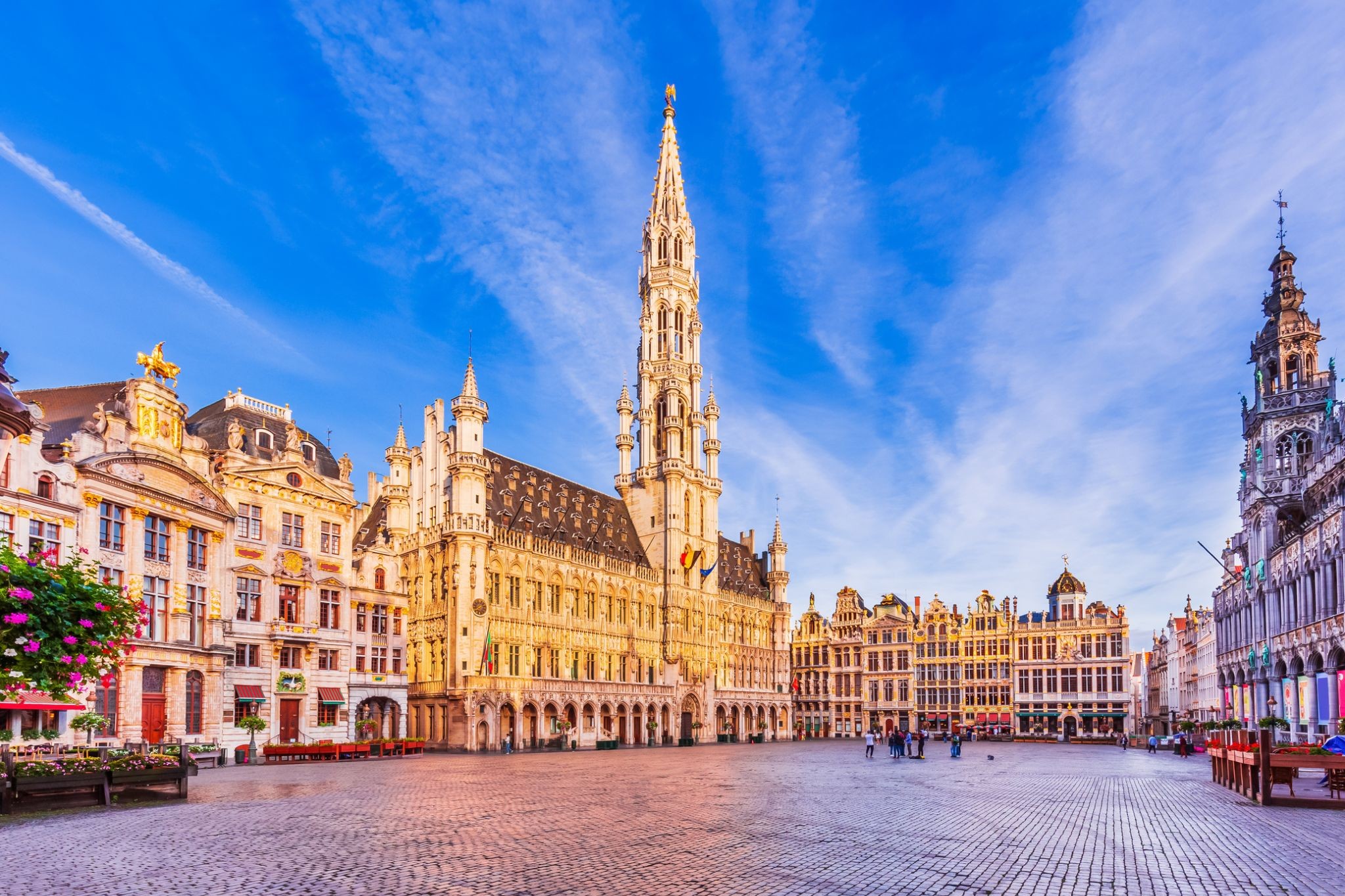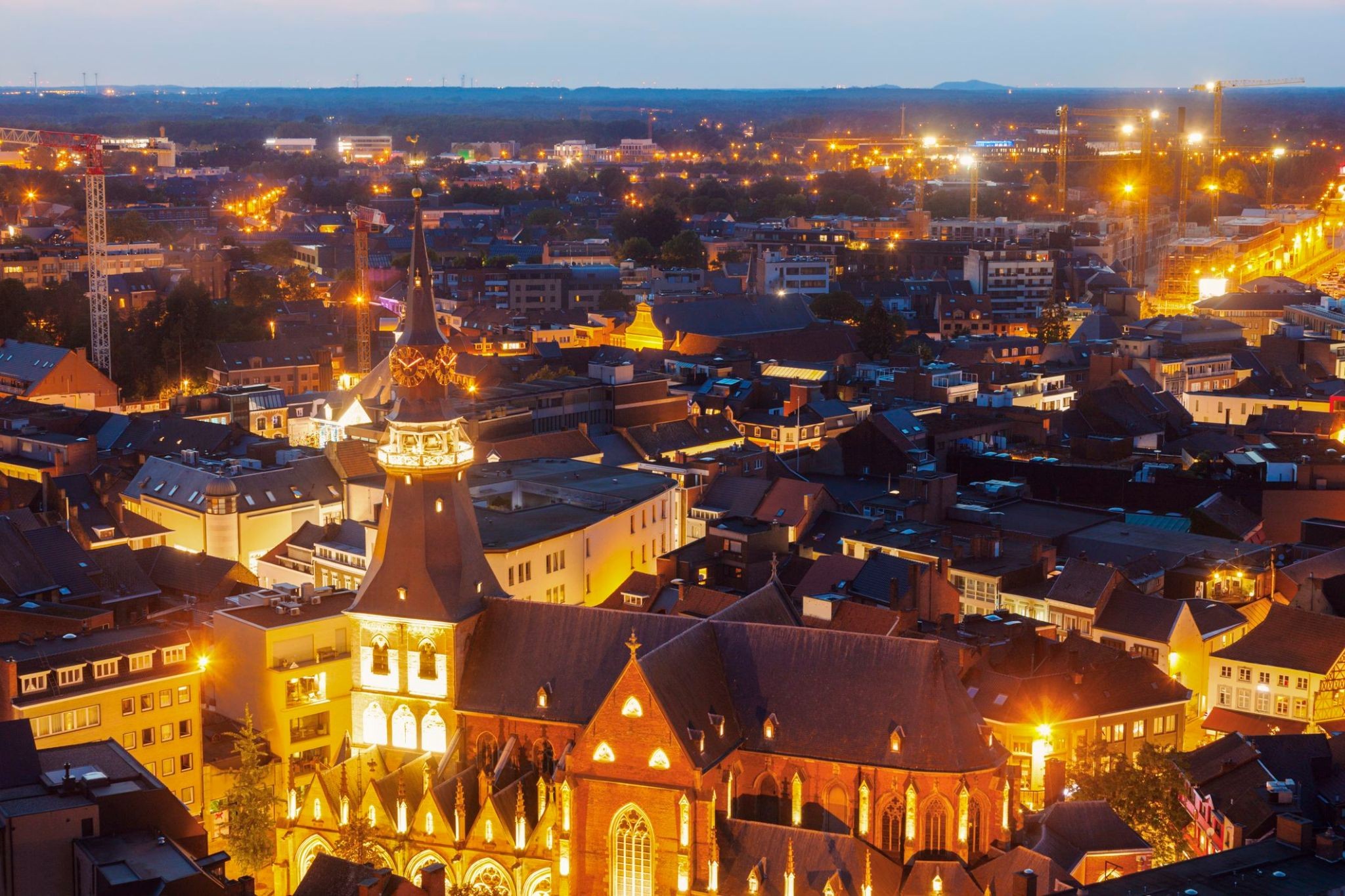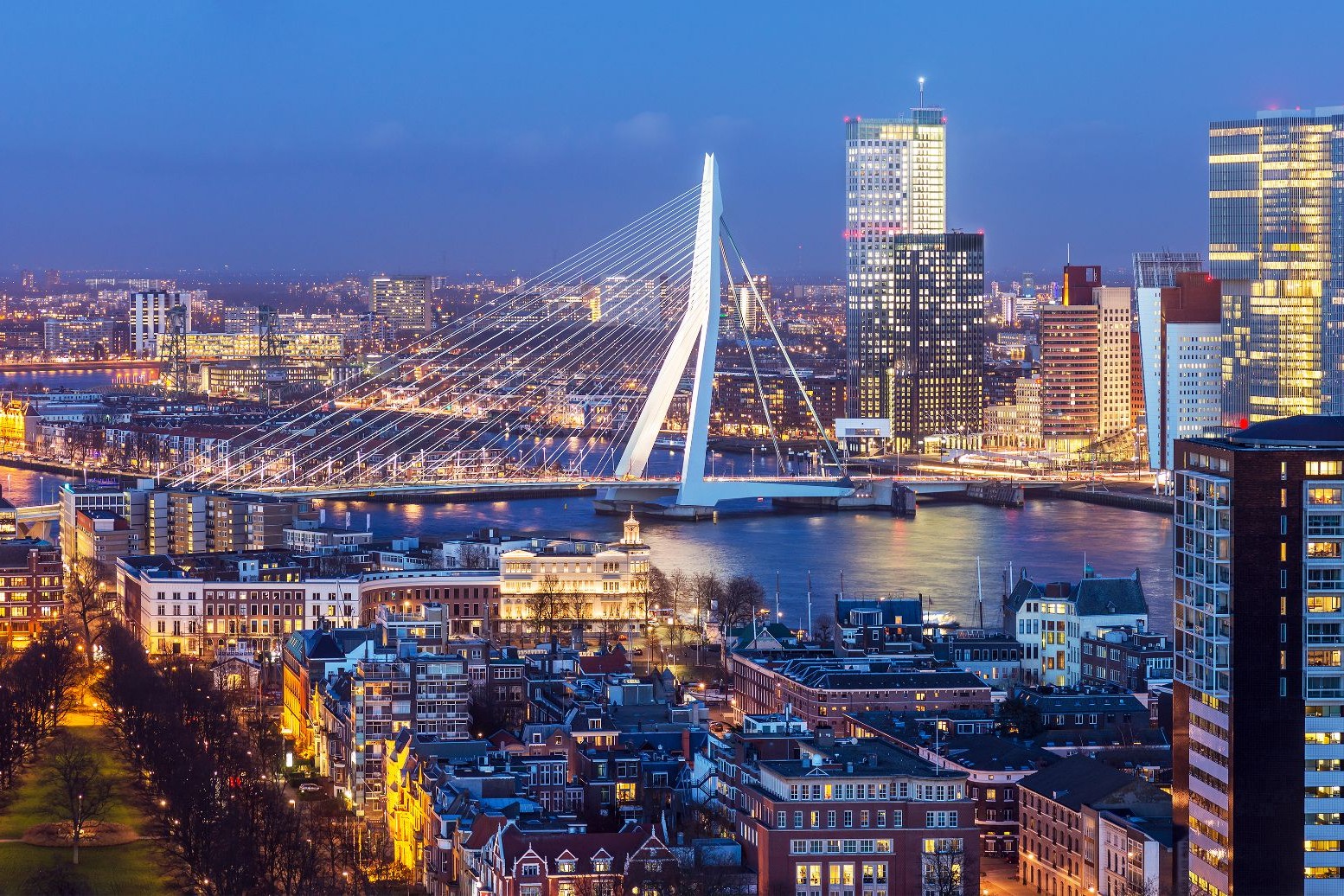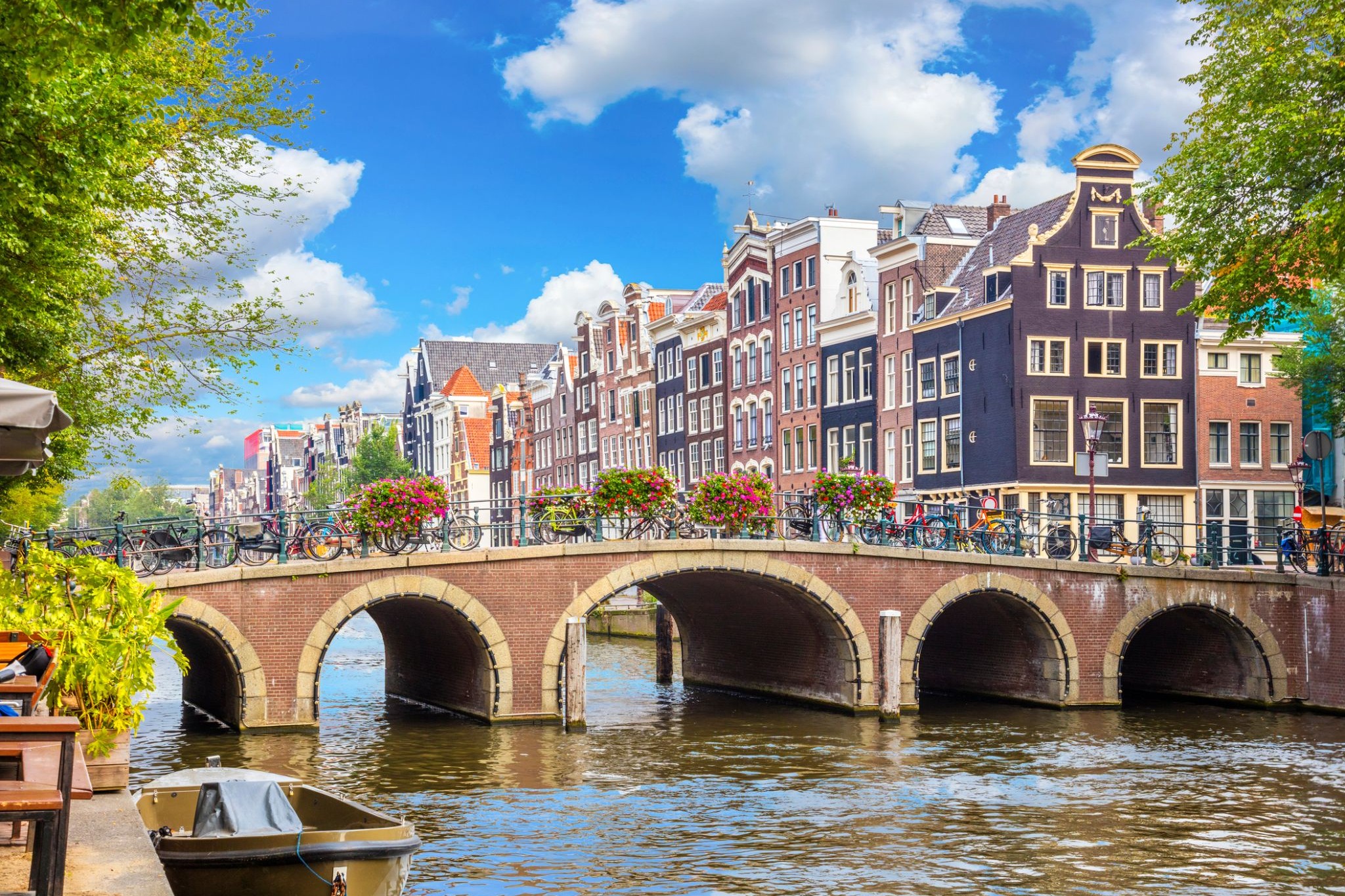
Cruise: 30,893,185
Dutch & Belgian Holiday Celebration (2026)
| Company : Uniworld |
| Ship : S.S. Victoria |
| Journey Start : Wed 23 Dec 2026 |
| Journey End : Sat 02 Jan 2027 |
| Count Nights : 10 nights |
Schedule
| Day | Date | Port |
|---|---|---|
| 1 | 23.12 Wed | Brussels / Belgium |
| 2 | 24.12 Thu | Brussels / Belgium |
| 3 | 25.12 Fri | Ghent / Belgium |
| 4 | 26.12 Sat | Hasselt / Belgium |
| 5 | 27.12 Sun | Maastricht / Netherlands |
| 6 | 28.12 Mon | Antwerp / Belgium |
| 7 | 29.12 Tue | Antwerp / Belgium |
| 8 | 30.12 Wed | Rotterdam / Netherlands |
| 9 | 31.12 Thu | Amsterdam / Netherlands |
| 10 | 1.01 Fri | Amsterdam / Netherlands |
| 11 | 2.01 Sat | Amsterdam / Netherlands |
-
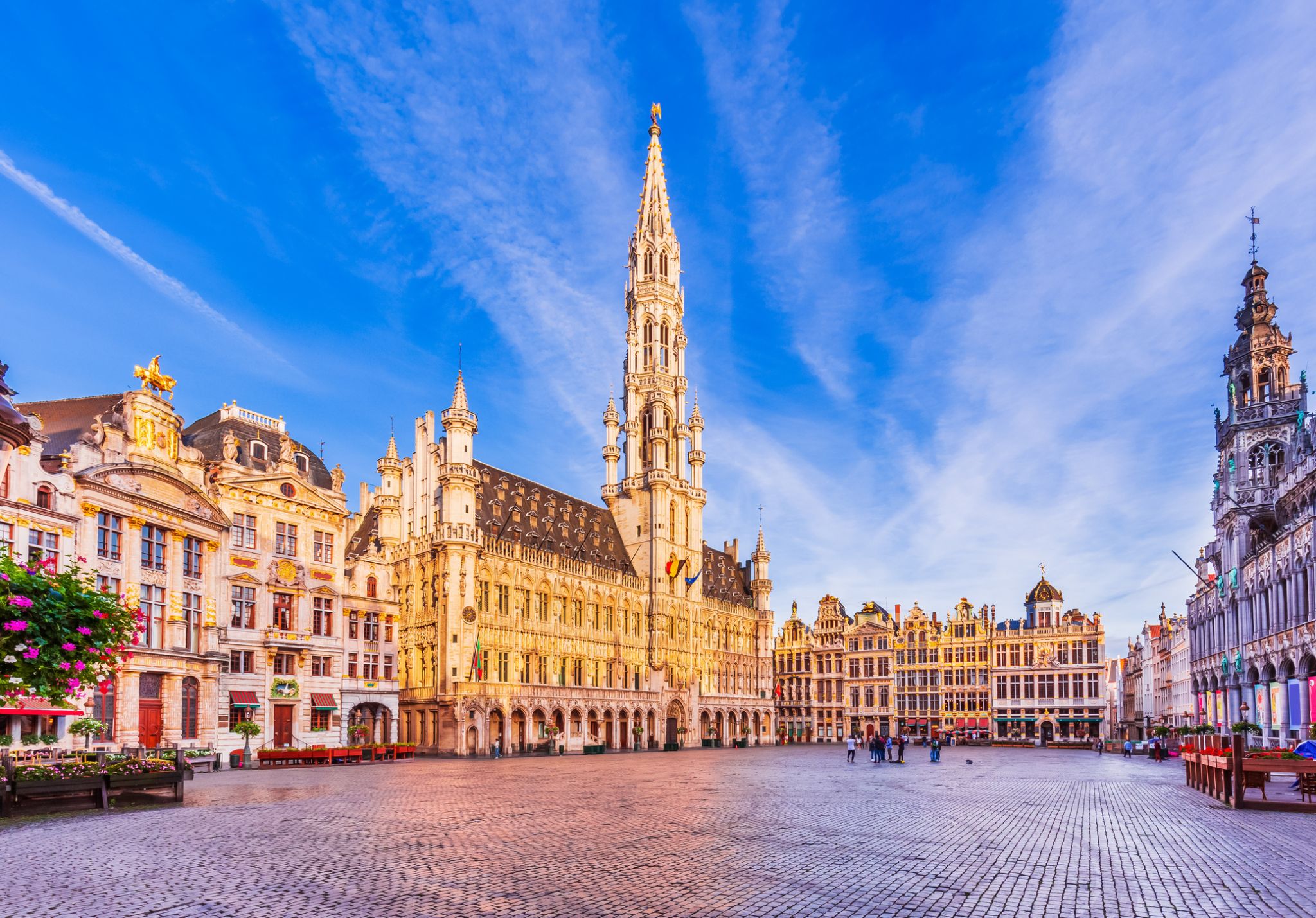 Day 1:
Day 1:Brussels / Belgium
Brussels , officially the Brussels-Capital Region is a region of Belgiumcomprising 19 municipalities, including the City of Brussels, which is the capital of Belgium. The Brussels-Capital Region is located in the central portion of the country and is a part of both the French Community of Belgium and the Flemish Community, but is separate from the Flemish Region (in which it forms an enclave) and the Walloon Region. Brussels is the most densely populated and the richest region in Belgium in terms of GDP per capita. It covers 161 km2 (62 sq mi), a relatively small area compared to the two other regions, and has a population of 1.2 million. The metropolitan area of Brussels counts over 2.1 million people, which makes it the largest in Belgium. It is also part of a large conurbation extending towards Ghent, Antwerp, Leuven and Walloon Brabant, home to over 5 million people.
Brussels grew from a small rural settlement on the river Senne to become an important city-region in Europe. Since the end of the Second World War, it has been a major centre for international politics and the home of numerous international organisations, politicians, diplomats and civil servants. Brussels is the de facto capital of the European Union, as it hosts a number of principal EU institutions (the two other capitals are Luxembourg and Strasbourg) and its name is sometimes used metonymically to describe the EU and its institutions.The secretariat of the Benelux and headquarters of NATO are also located in Brussels. As the economic capital of Belgium and one of the top financial centres of Western Europe with Euronext Brussels, it is classified as an Alpha global city. Brussels is a hub for rail, road and air traffic, sometimes earning the moniker "Crossroads of Europe". The Brussels Metrois the only rapid transit system in Belgium. In addition, both its airport and railway stations are the largest and busiest in the country.
Historically Dutch-speaking, Brussels saw a language shift to French from the late 19th century. The Brussels-Capital Region is officially bilingual in French and Dutch, even though French is now the de facto main language with over 90% of the population speaking it. Brussels is also increasingly becoming multilingual. English is spoken as a second language by nearly a third of the population and a large number of migrants and expatriates speak other languages.
Brussels is known for its cuisine and gastronomy, as well as its historical and architectural landmarks; some of them are registered as UNESCO World Heritage sites. Main attractions include its historic Grand Place, Manneken Pis, Atomium, and cultural institutions such as La Monnaie and the Museums of Art and History. It is also a capital of the comic strip.
-
 Day 2:
Day 2:Brussels / Belgium
Brussels , officially the Brussels-Capital Region is a region of Belgiumcomprising 19 municipalities, including the City of Brussels, which is the capital of Belgium. The Brussels-Capital Region is located in the central portion of the country and is a part of both the French Community of Belgium and the Flemish Community, but is separate from the Flemish Region (in which it forms an enclave) and the Walloon Region. Brussels is the most densely populated and the richest region in Belgium in terms of GDP per capita. It covers 161 km2 (62 sq mi), a relatively small area compared to the two other regions, and has a population of 1.2 million. The metropolitan area of Brussels counts over 2.1 million people, which makes it the largest in Belgium. It is also part of a large conurbation extending towards Ghent, Antwerp, Leuven and Walloon Brabant, home to over 5 million people.
Brussels grew from a small rural settlement on the river Senne to become an important city-region in Europe. Since the end of the Second World War, it has been a major centre for international politics and the home of numerous international organisations, politicians, diplomats and civil servants. Brussels is the de facto capital of the European Union, as it hosts a number of principal EU institutions (the two other capitals are Luxembourg and Strasbourg) and its name is sometimes used metonymically to describe the EU and its institutions.The secretariat of the Benelux and headquarters of NATO are also located in Brussels. As the economic capital of Belgium and one of the top financial centres of Western Europe with Euronext Brussels, it is classified as an Alpha global city. Brussels is a hub for rail, road and air traffic, sometimes earning the moniker "Crossroads of Europe". The Brussels Metrois the only rapid transit system in Belgium. In addition, both its airport and railway stations are the largest and busiest in the country.
Historically Dutch-speaking, Brussels saw a language shift to French from the late 19th century. The Brussels-Capital Region is officially bilingual in French and Dutch, even though French is now the de facto main language with over 90% of the population speaking it. Brussels is also increasingly becoming multilingual. English is spoken as a second language by nearly a third of the population and a large number of migrants and expatriates speak other languages.
Brussels is known for its cuisine and gastronomy, as well as its historical and architectural landmarks; some of them are registered as UNESCO World Heritage sites. Main attractions include its historic Grand Place, Manneken Pis, Atomium, and cultural institutions such as La Monnaie and the Museums of Art and History. It is also a capital of the comic strip.
-
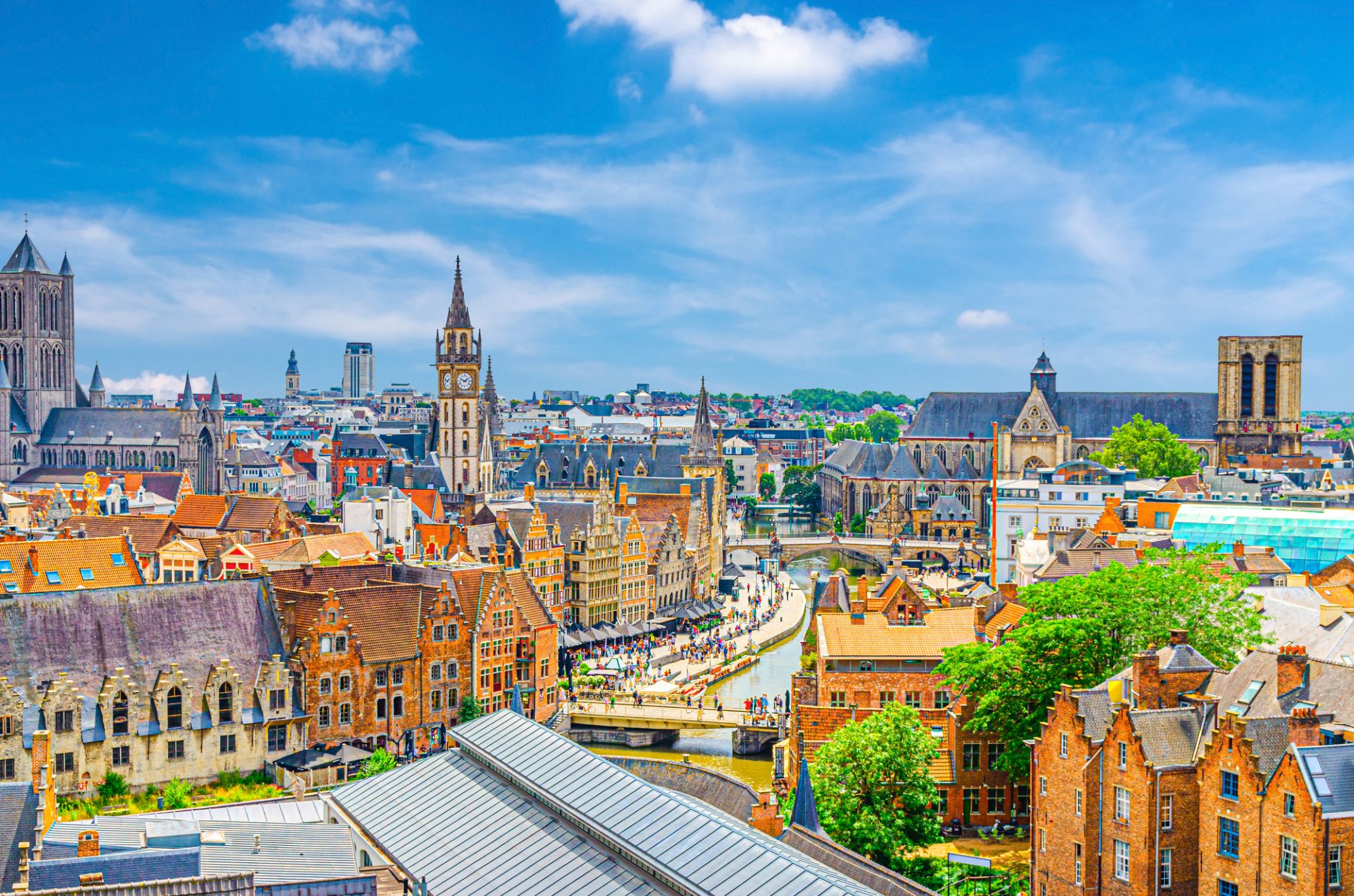 Day 3:
Day 3:Ghent / Belgium
Ghent is a historic city in Belgium that has preserved many monuments whose history dates back to the Early Middle Ages, but this does not prevent Ghent from being a modern city.
In terms of the number of historical monuments, Ghent may only be second to Antwerp. In Ghent, you can see castles, including the Castle of the Counts of Flanders, cathedrals, and towers. The city's museums, where you can clearly learn about the history of Ghent, are also of great interest. And for those who like to stroll through the city on their own, there is the pedestrian street Veldstraat, which attracts with its old houses and private mansions that, by the way, intersect with trendy shops.
-
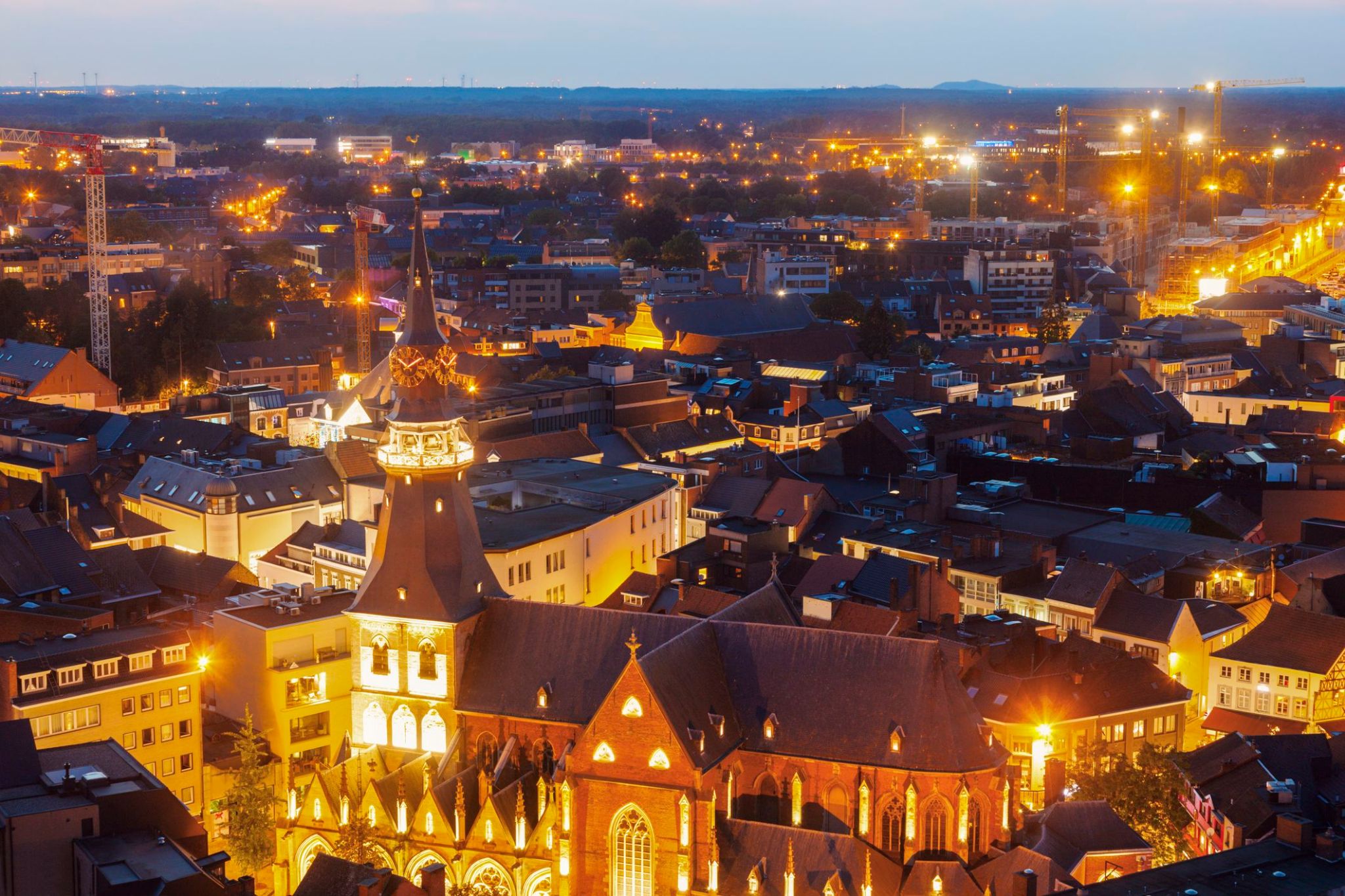 Day 4:
Day 4:Hasselt / Belgium
Hasselt is a cozy and atmospheric city located in Belgium, in the Flemish Brabant region. The city is known for its unique architecture, blending modern and historical buildings, as well as its beautiful green spaces, making it perfect for walks. A special highlight is the Vrijthof square, which is the heart of the city, and the old buildings that reflect the rich history of Hasselt.
One of the main attractions of the city is the Fashion Museum, which draws the attention of not only locals but also tourists from all over the world. Hasselt is also famous for its breweries and cozy cafes, where you can try the famous Belgian beer. The picturesque rural landscapes and forests surrounding the city offer excellent opportunities for outdoor activities and nature walks.
-
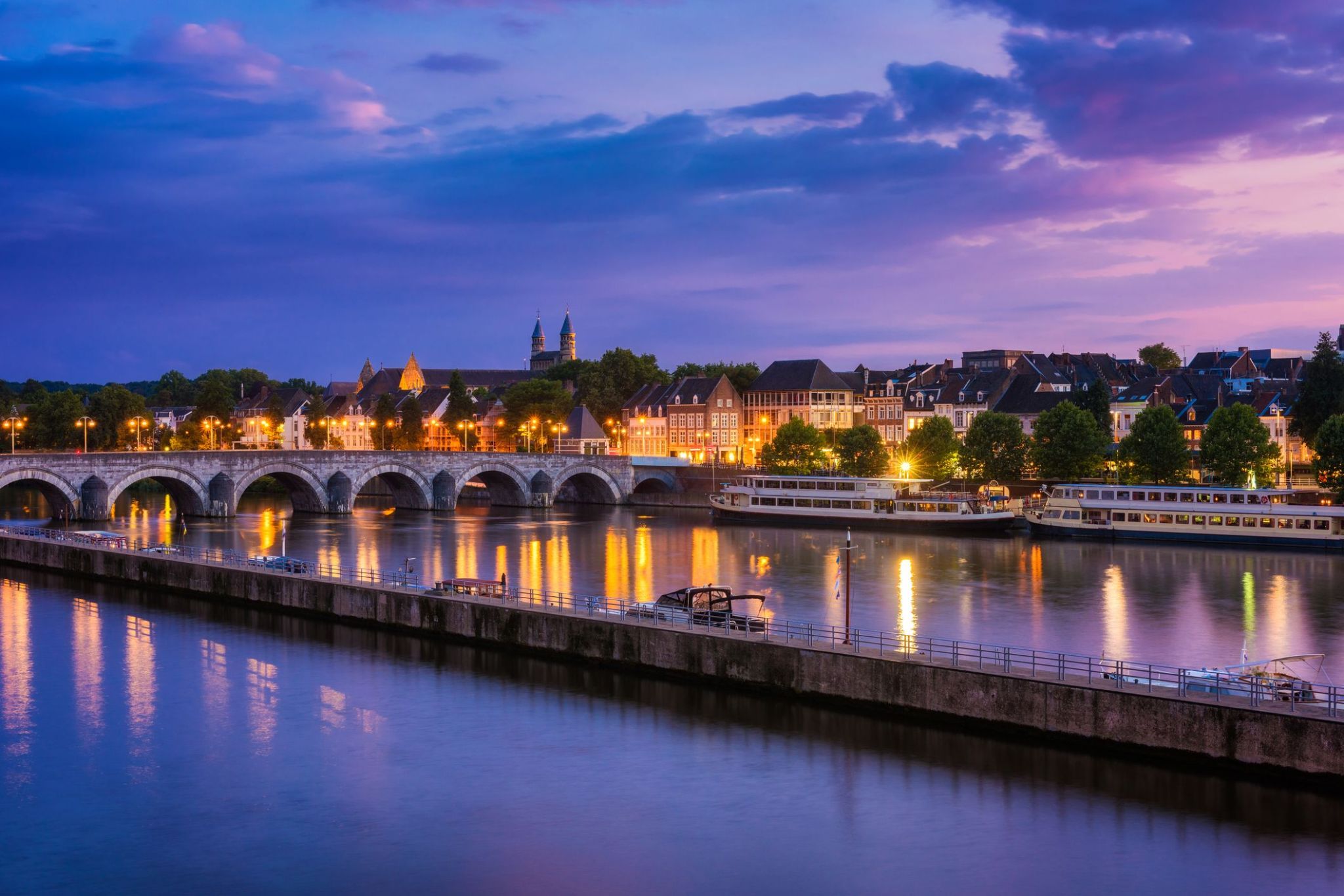 Day 5:
Day 5:Maastricht / Netherlands
In the southeast of the Netherlands lies one of the oldest cities in the country — Maastricht, located near the border with Belgium. The town is quite small, and its entire historic center can be explored in just a couple of hours. Despite its size, it is a very charming city that combines Spanish and Roman ruins, unusual cuisine, and French and Belgian influences in its architecture alongside Dutch restraint and so-called uniformity. Thanks to its favorable location, the city’s residents speak many languages: Dutch, English, French, German, and even Flemish. Maastricht is home to many historical landmarks worth visiting. -
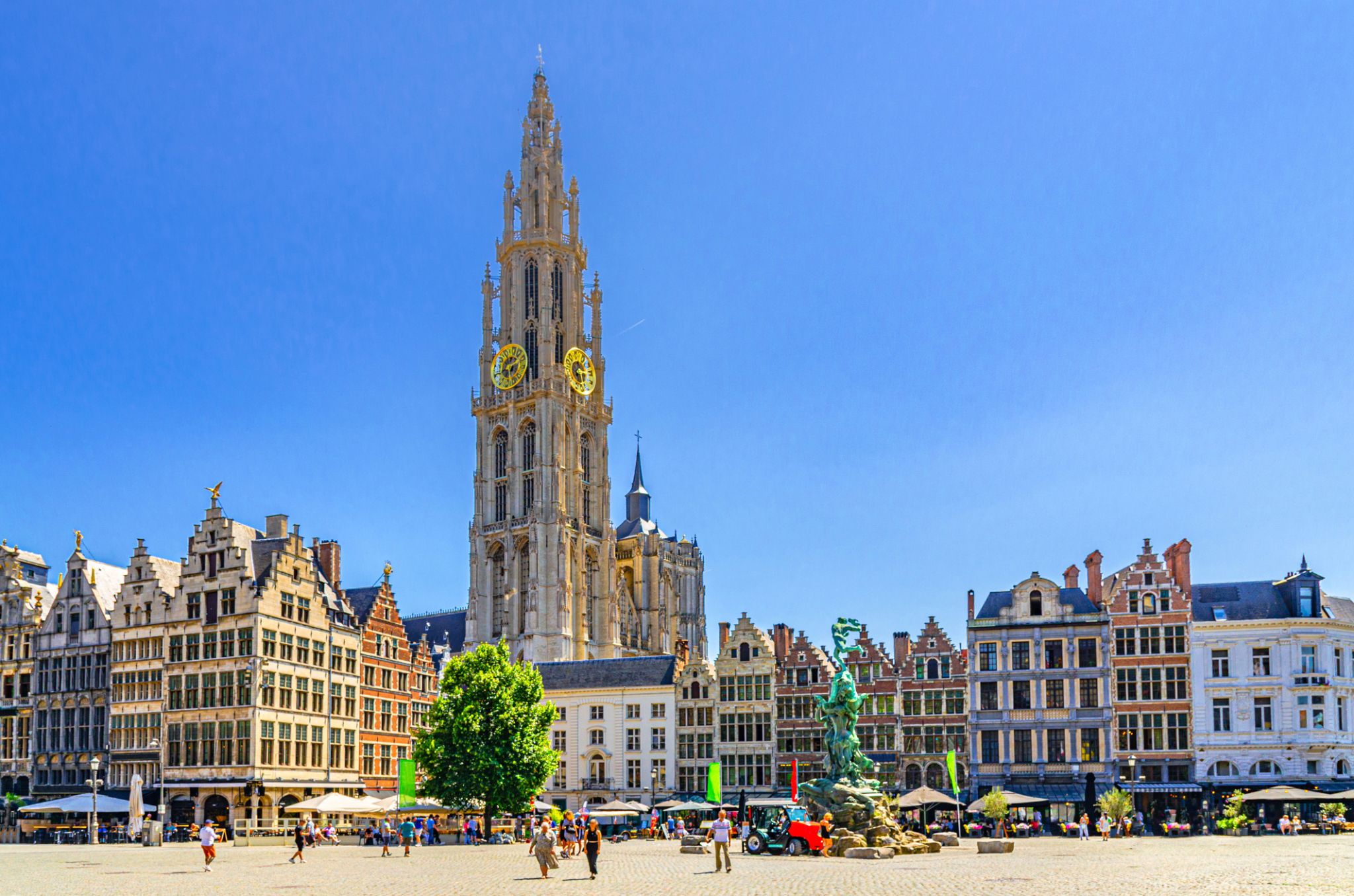 Day 6:
Day 6:Antwerp / Belgium
Antwerp is a city and a municipality in the Flemish Region of Belgium. It is the capital and largest city of Antwerp Province, and the third-largest city in Belgium by area at 208.22 km2 (80.39 sq mi), after Tournai and Couvin. With a population of 565,039, it is the most populous municipality in Belgium, and with a metropolitan population of over 1.2 million people, the country's second-largest metropolitan area after Brussels.
-
 Day 7:
Day 7:Antwerp / Belgium
Antwerp is a city and a municipality in the Flemish Region of Belgium. It is the capital and largest city of Antwerp Province, and the third-largest city in Belgium by area at 208.22 km2 (80.39 sq mi), after Tournai and Couvin. With a population of 565,039, it is the most populous municipality in Belgium, and with a metropolitan population of over 1.2 million people, the country's second-largest metropolitan area after Brussels.
-
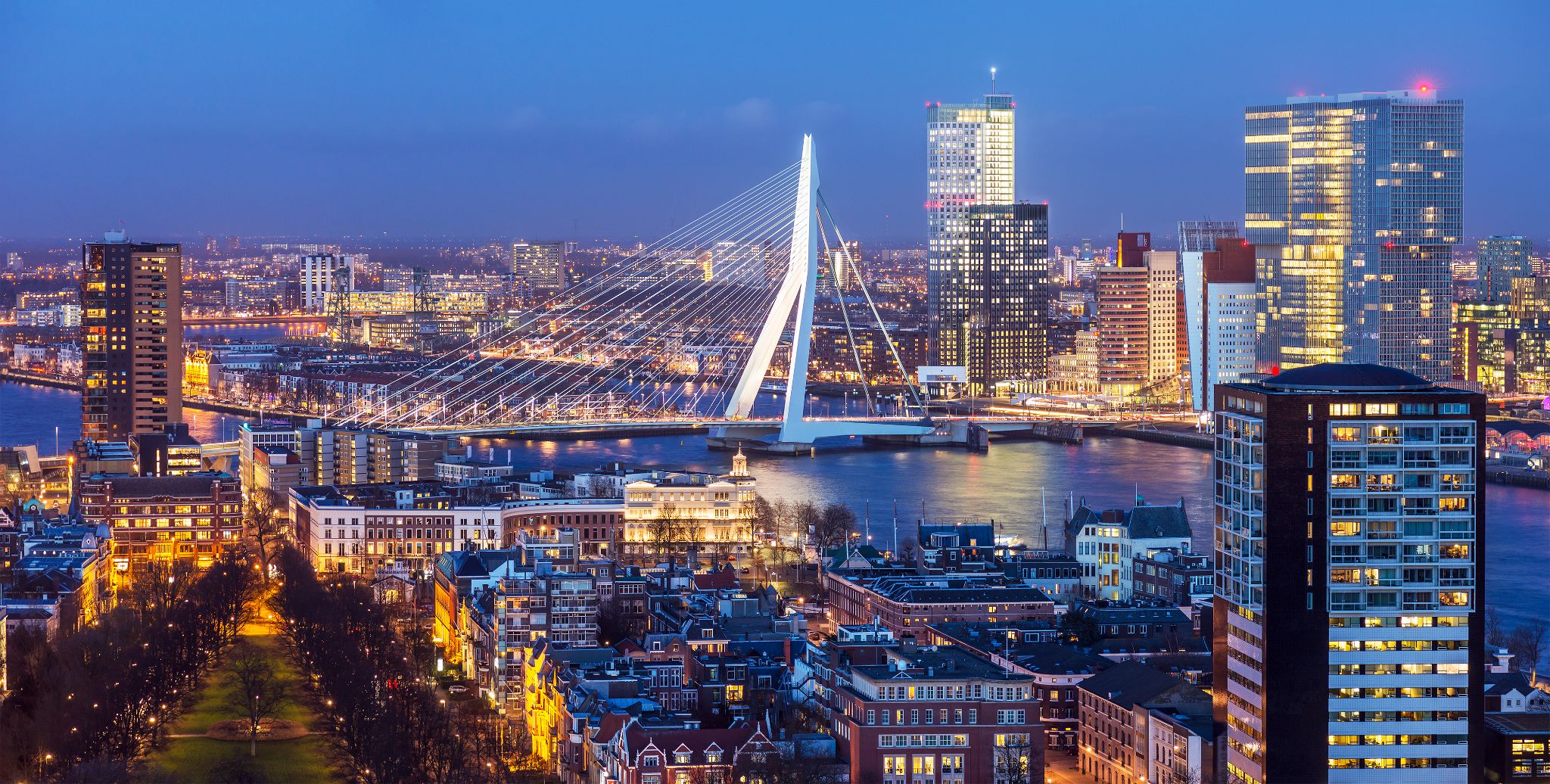 Day 8:
Day 8:Rotterdam / Netherlands
Rotterdam is the second-largest city and a municipality of the Netherlands. It is located in the province of South Holland, at the mouth of the Nieuwe Maaschannel leading into the Rhine–Meuse–Scheldt delta at the North Sea. Its history goes back to 1270, when a damwas constructed in the Rotte, after which people settled around it for safety. In 1340, Rotterdam was granted city rights by the Count of Holland.
A major logistic and economic centre, Rotterdam is Europe's largest port. It has a population of 633,471 (2017).Rotterdam is known for its Erasmus University, its riverside setting, lively cultural life and maritime heritage. The near-complete destruction of the city centre in the World War II Rotterdam Blitz has resulted in a varied architectural landscape, including sky-scrapers (an uncommon sight in other Dutch cities) designed by renowned architects such as Rem Koolhaas, Piet Blom and Ben van Berkel.
The Rhine, Meuse and Scheldt give waterway access into the heart of Western Europe, including the highly industrialized Ruhr. The extensive distribution system including rail, roads, and waterways have earned Rotterdam the nicknames "Gateway to Europe" and "Gateway to the World".
-
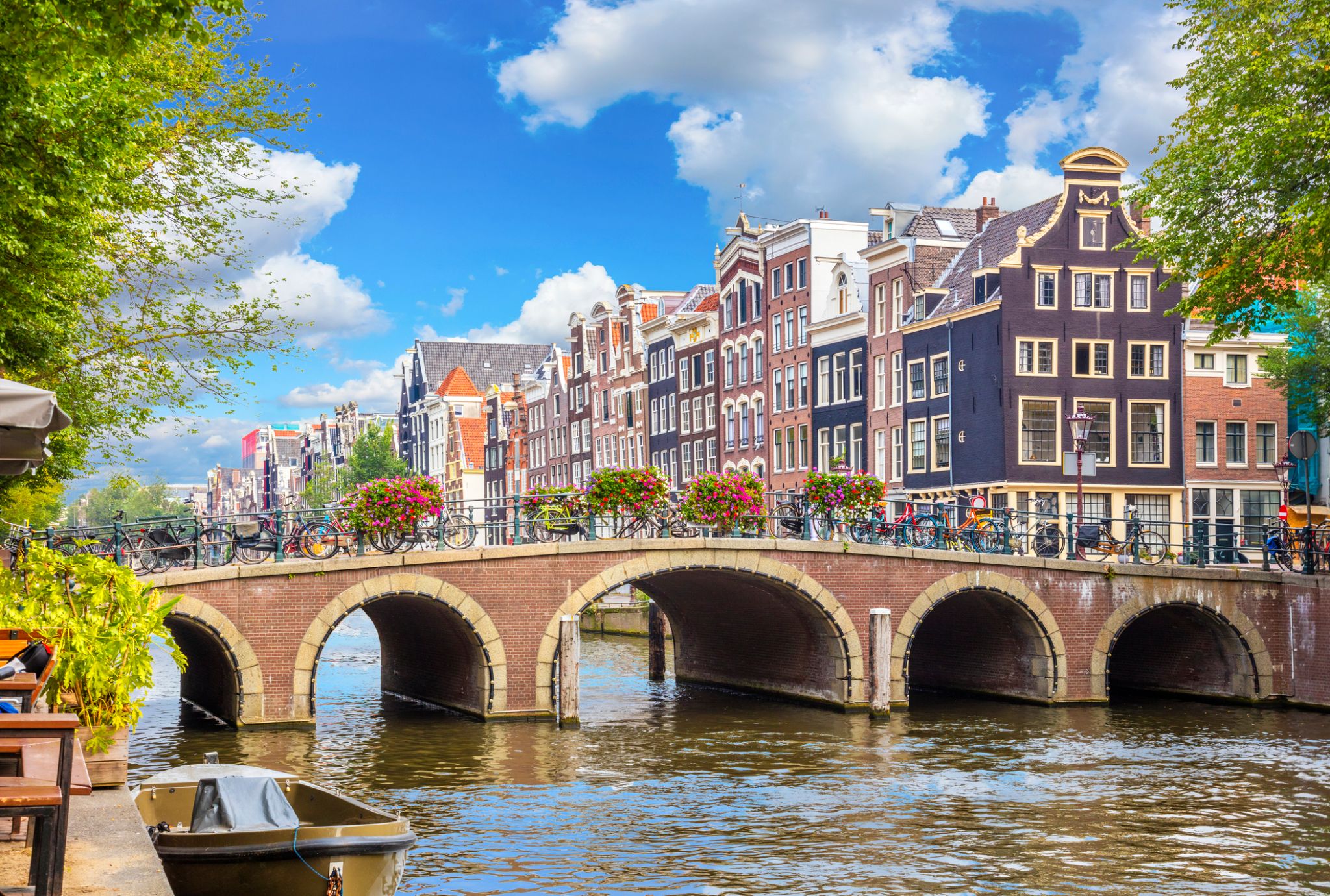 Day 9:
Day 9:Amsterdam / Netherlands
Amsterdam is the capital city and most populous municipality of the Netherlands. Its status as the capital is mandated by the Constitution of the Netherlands, although it is not the seat of the government, which is The Hague. Amsterdam has a population of 851,373 within the city proper, 1,351,587 in the urban area] and 2,410,960 in the metropolitan area. The city is located in the province of North Holland in the west of the country but is not its capital, which is Haarlem. The metropolitan area comprises much of the northern part of the Randstad, one of the larger conurbations in Europe, with a population of approximately 8 million.
-
 Day 10:
Day 10:Amsterdam / Netherlands
Amsterdam is the capital city and most populous municipality of the Netherlands. Its status as the capital is mandated by the Constitution of the Netherlands, although it is not the seat of the government, which is The Hague. Amsterdam has a population of 851,373 within the city proper, 1,351,587 in the urban area] and 2,410,960 in the metropolitan area. The city is located in the province of North Holland in the west of the country but is not its capital, which is Haarlem. The metropolitan area comprises much of the northern part of the Randstad, one of the larger conurbations in Europe, with a population of approximately 8 million.
-
 Day 11:
Day 11:Amsterdam / Netherlands
Amsterdam is the capital city and most populous municipality of the Netherlands. Its status as the capital is mandated by the Constitution of the Netherlands, although it is not the seat of the government, which is The Hague. Amsterdam has a population of 851,373 within the city proper, 1,351,587 in the urban area] and 2,410,960 in the metropolitan area. The city is located in the province of North Holland in the west of the country but is not its capital, which is Haarlem. The metropolitan area comprises much of the northern part of the Randstad, one of the larger conurbations in Europe, with a population of approximately 8 million.
